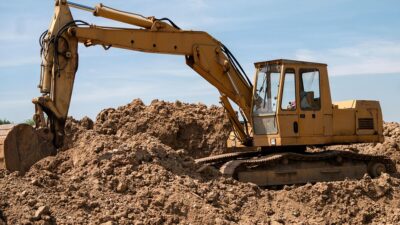The agricultural sector is undergoing a transformative revolution, propelled by the Internet of Things (IoT). This advanced technology is not merely a trend; it’s a profound shift that promises to enhance productivity, reduce waste, and promote sustainability in farming practices. As global food demand continues to increase, IoT in agriculture is becoming essential for meeting this rising challenge while also ensuring environmental stewardship and economic viability.
What is the Internet of Things?
The Internet of Things refers to the network of interconnected devices that communicate and share data over the internet. These devices, integrated with sensors, software, and other technologies, enable the collection, analysis, and exchange of information. In agriculture, this means connecting machinery, equipment, and various farming processes to help farmers make better-informed decisions.
Enhancing Operational Efficiency
-
Precision Farming: IoT technology enables farmers to monitor crop health through sensors that provide real-time data on various factors, such as soil moisture, temperature, and nutrient levels. This precision reduces waste and optimizes the use of resources like water and fertilizers, leading to higher yields and lower costs.
-
Automated Irrigation: Smart irrigation systems equipped with sensors can analyze weather patterns and soil conditions to deliver the right amount of water at the right time. This not only conserves water but also ensures that crops receive optimal hydration, enhancing growth and yield.
-
Livestock Monitoring: IoT devices can track the health and movements of livestock, allowing farmers to detect issues such as illness or injury early. Wearable sensors can monitor vital signs and behaviors, leading to improved animal welfare and more efficient management of herds.
- Supply Chain Efficiency: By connecting different parts of the supply chain, IoT can provide insights into everything from production levels to market demands. This connectivity enables better inventory management and reduces food spoilage, ultimately delivering fresher products to consumers.
Sustainability and Environmental Impact
The agricultural sector is one of the largest contributors to environmental degradation. The adoption of IoT can significantly mitigate this impact in several ways:
-
Resource Conservation: By employing precision agriculture techniques, farmers can minimize the use of water, fertilizers, and pesticides, leading to lower environmental footprints and promoting sustainable practices.
-
Reduced Carbon Emissions: Smart machinery and autonomous vehicles are now being integrated into farming, allowing for more efficient planting and harvesting. This can help decrease fuel consumption and reduce greenhouse gas emissions.
- Biodiversity Support: IoT can assist in monitoring ecosystems, enabling farmers to manage their operations in ways that support local wildlife and biodiversity.
Challenges to Implementation
While the benefits of IoT in agriculture are clear, several challenges remain:
-
Connectivity Issues: Many rural areas still lack the broadband infrastructure necessary for IoT devices to function effectively. Ensuring reliable internet access is crucial for the successful implementation of these technologies.
-
Cost of Adoption: For small-scale farmers, the initial investment in IoT technology can be a barrier. Subsidies, grants, and partnerships may be necessary to lower these costs and encourage wider adoption.
- Data Management: Managing the vast amount of data generated by IoT devices can be overwhelming. Farmers need access to user-friendly tools and platforms that can help them analyze this data effectively.
The Future of IoT in Agriculture
As technology continues to advance, the future of IoT in agriculture looks promising. Innovations such as artificial intelligence (AI) and machine learning will likely be integrated with IoT systems, enhancing data analysis and decision-making further. As farmers, technologists, and policymakers collaborate, the goal will be to create a resilient agricultural ecosystem capable of meeting the challenges posed by climate change and population growth.
Conclusion
The Internet of Things is fundamentally changing the landscape of agriculture, driving efficiency, sustainability, and productivity. By connecting farms, IoT not only empowers farmers to make smarter, data-driven decisions but also contributes to a more sustainable food system that can meet the needs of a growing global population. Embracing this technology is not just an option; it’s a necessity for the future of agriculture.


